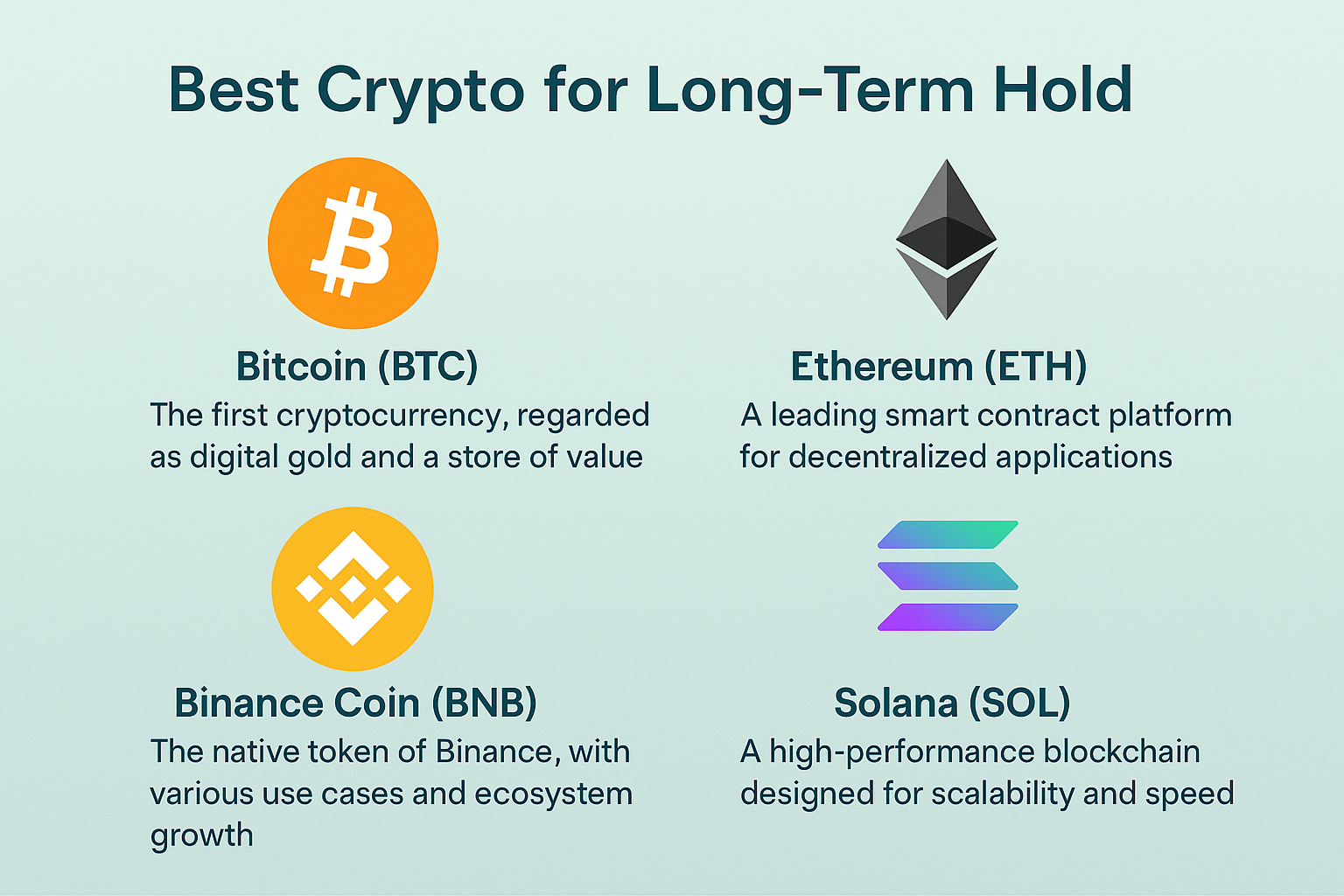The History of Bitcoin: From Concept to Global Phenomenon
Bitcoin, the world’s first cryptocurrency, has transformed from a niche technological experiment into a global financial revolution. It has redefined the way we think about money, decentralization, and digital ownership. This article delves into the full history of Bitcoin, from its ideological roots to its present-day impact on global finance.
1. Ideological Foundations and Pre-Bitcoin Concepts
Before Bitcoin came into existence, there were numerous attempts to create a form of digital money. These early initiatives laid the groundwork for Bitcoin’s eventual creation.
- David Chaum’s DigiCash (1980s – 1990s): One of the earliest concepts of digital cash, DigiCash was an anonymous cryptographic electronic payment system. It failed due to centralization and business issues but introduced the idea of privacy-focused digital money.
- B-Money (1998): Proposed by Wei Dai, B-Money was a theoretical model of a decentralized currency. It envisioned anonymous transactions and a community-maintained ledger—concepts that closely resemble Bitcoin.
- Bit Gold (2005): Proposed by Nick Szabo, Bit Gold outlined a system where computationally generated tokens would be stored in a decentralized way. It introduced the idea of using proof-of-work to create scarcity—directly influencing Bitcoin’s design.
These early pioneers influenced a generation of cryptographers and developers seeking to create decentralized, censorship-resistant money.
2. The Birth of Bitcoin
The Whitepaper
On October 31, 2008, an individual or group using the pseudonym Satoshi Nakamoto published the whitepaper titled:
“Bitcoin: A Peer-to-Peer Electronic Cash System.”
This nine-page paper proposed a novel digital currency that operated on a decentralized network without needing a trusted third party, using proof-of-work to achieve consensus.
Genesis Block
On January 3, 2009, Satoshi Nakamoto mined the Genesis Block (Block 0) of the Bitcoin blockchain. Embedded in this block was a headline from The Times:
“The Times 03/Jan/2009 Chancellor on brink of second bailout for banks.”
This was both a timestamp and a political statement, highlighting the motivation behind Bitcoin: a decentralized alternative to the failing traditional banking system.
First Bitcoin Transaction
On January 12, 2009, Satoshi sent 10 BTC to computer scientist Hal Finney, marking the first Bitcoin transaction ever. Finney, a cryptographic activist, became one of Bitcoin’s earliest supporters and testers.
3. Early Development and Community Growth (2009–2012)
Bitcoin Software and Mining
Bitcoin was initially mined using CPUs (central processing units). Early adopters could mine hundreds or thousands of Bitcoins with little competition.
Bitcoin Pizza Day – May 22, 2010
In the first documented commercial transaction using Bitcoin, developer Laszlo Hanyecz paid 10,000 BTC for two pizzas from Papa John’s. At the time, 10,000 BTC was worth about $41. Today, those Bitcoins would be worth hundreds of millions of dollars, symbolizing Bitcoin’s incredible value appreciation.
Emergence of Exchanges
- BitcoinMarket.com launched in March 2010, offering one of the first platforms to exchange BTC for fiat.
- Mt. Gox, originally created to trade Magic: The Gathering cards, became a dominant exchange by 2011.
Bitcoin’s price rose from fractions of a cent to $1 by February 2011, and then to $31 by June, before crashing again—starting a cycle of volatility that continues to this day.
4. Bitcoin’s First Crisis and Dark Web Use (2011–2013)
Silk Road and Public Perception
Bitcoin gained notoriety as the primary currency used on the Silk Road, a dark web marketplace launched in 2011. The platform allowed users to buy drugs and other illicit goods anonymously.
- In 2013, the FBI shut down Silk Road and arrested its founder, Ross Ulbricht.
- Despite the legal issues, this event increased Bitcoin’s exposure to the general public.
Mt. Gox Hacked
By 2013, Mt. Gox was handling 70% of all Bitcoin transactions. However, it was plagued by mismanagement and security flaws.
- In 2014, Mt. Gox suspended withdrawals, filed for bankruptcy, and revealed that 850,000 BTC had been stolen.
- The hack shook confidence in Bitcoin temporarily but also emphasized the need for better infrastructure and security.
5. Institutional Interest and Regulation (2014–2017)
Despite setbacks, Bitcoin began gaining institutional and regulatory attention.
Growth of Infrastructure
- Coinbase, launched in 2012, became one of the first user-friendly platforms for buying and holding Bitcoin.
- Blockchain.info and BitPay allowed merchants to accept Bitcoin payments, further integrating it into mainstream commerce.
Bitcoin Forks
As Bitcoin’s popularity grew, disagreements about scaling the network led to Bitcoin forks:
- Bitcoin Cash (BCH) was created in August 2017 to increase block size and allow faster transactions.
- Other forks like Bitcoin SV followed later, each with different philosophies.
2017 Bull Run
Bitcoin hit the mainstream with a dramatic price surge:
- In January 2017, it was under $1,000.
- By December 2017, it peaked at nearly $20,000.
This bull run was driven by media coverage, increased investor interest, and the rise of Initial Coin Offerings (ICOs).
6. Regulation and Maturity (2018–2020)
Market Correction
The price crash of 2018 saw Bitcoin plummet to around $3,000, wiping out speculative investors but strengthening the core developer and user community.
Global Regulation
- Countries like Japan legalized Bitcoin as a method of payment.
- Others like China cracked down on exchanges and mining.
Despite mixed reactions, regulation provided legitimacy and improved investor protection.
Institutional Adoption Begins
Major players started entering the scene:
- Fidelity, Bakkt, and other financial giants launched Bitcoin-related services.
- Grayscale Bitcoin Trust (GBTC) enabled institutions to gain exposure.
Bitcoin was no longer just a novelty—it was becoming an institutional asset.
7. Mainstream Acceptance and Record Highs (2020–2022)
COVID-19 Pandemic Impact
As governments printed unprecedented amounts of money, investors turned to Bitcoin as a hedge against inflation. This narrative transformed Bitcoin into “digital gold.”
Corporate Adoption
- In 2020, MicroStrategy became the first public company to buy Bitcoin as a treasury reserve.
- Tesla, Square, and others followed, pushing prices upward.
All-Time Highs
Bitcoin soared to new heights:
- $64,000 in April 2021
- Brief dip in mid-2021 due to China’s mining ban
- New ATH of $69,000 in November 2021
8. Challenges and the Bear Market (2022–2023)
Market Crash
The crypto market entered a prolonged bear market in 2022 due to:
- Rising interest rates
- The collapse of major players like FTX and Terra/LUNA
- Increased regulatory scrutiny
Bitcoin’s price fell below $20,000, but development and adoption continued quietly in the background.
9. Bitcoin in 2024 and Beyond
Bitcoin ETF Approval
In early 2024, Spot Bitcoin ETFs were approved by the U.S. SEC, allowing traditional investors easier access to Bitcoin. This led to renewed interest and a strong rally in Bitcoin’s price.
Mainstream Financial Integration
- Major banks now offer Bitcoin custody and trading.
- Countries like El Salvador continue to hold Bitcoin as legal tender.
- Central Bank Digital Currencies (CBDCs) are being tested worldwide, but many see Bitcoin as a free-market alternative.
The Halving in 2024
Bitcoin’s fourth halving event occurred in April 2024, reducing block rewards from 6.25 BTC to 3.125 BTC. Historically, halvings have preceded bull runs, fueling optimistic outlooks.
Conclusion: The Future of Bitcoin
Bitcoin’s journey—from an obscure whitepaper in 2008 to a globally recognized asset—has been nothing short of revolutionary. It has weathered crises, inspired innovation, and changed the conversation around money and decentralization.
Whether viewed as a digital asset, a political movement, or a new financial standard, Bitcoin’s history is still being written. Its resilience, decentralization, and community-driven development suggest it will continue to play a pivotal role in shaping the future of finance.




